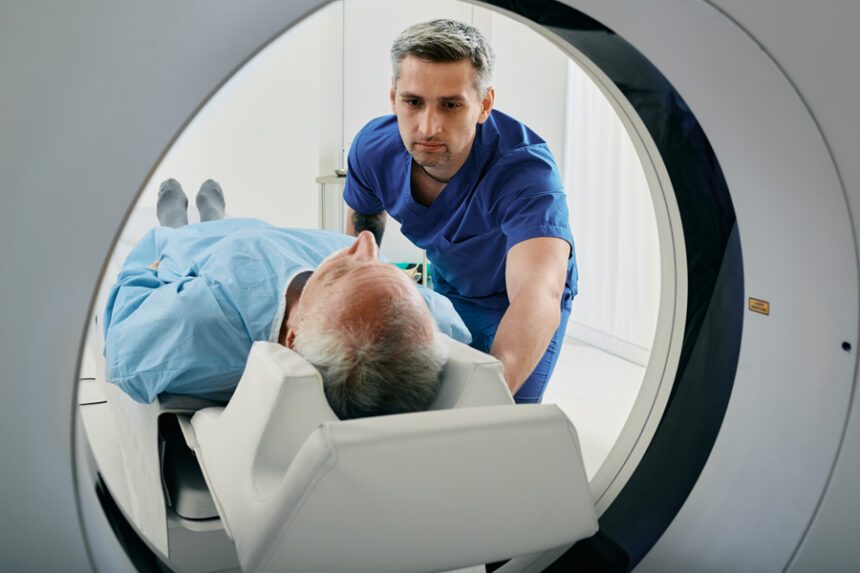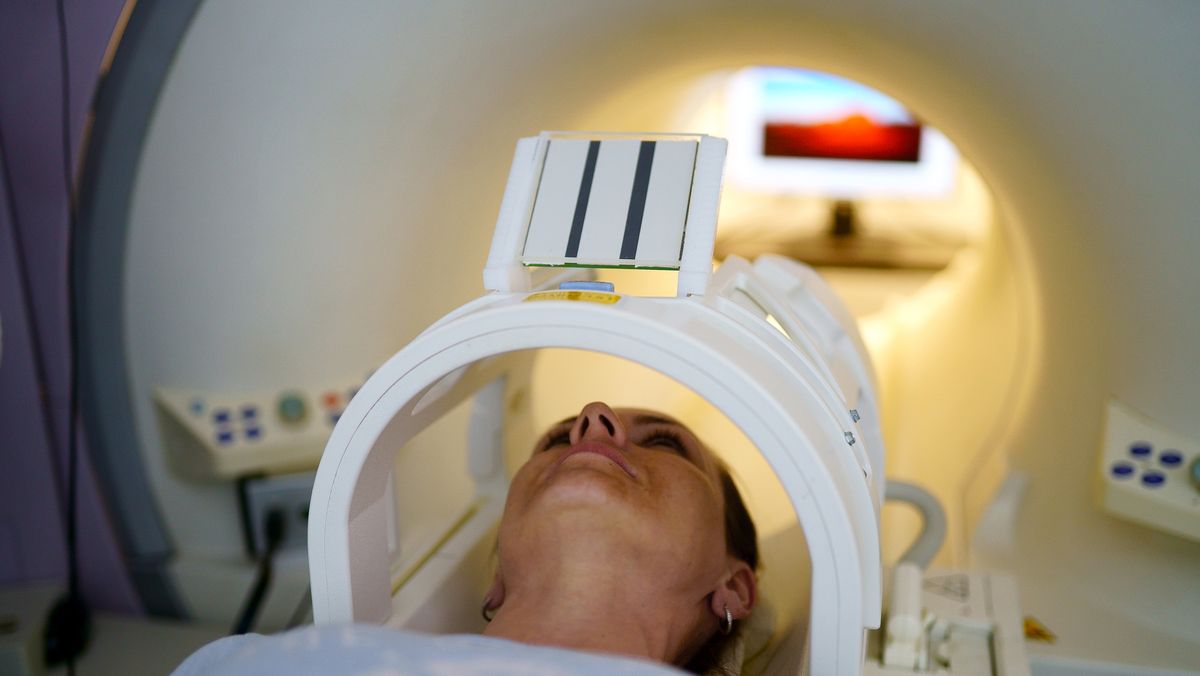Magnetic Resonance Imaging (MRI) has revolutionized medical diagnostics since its inception. This non-invasive imaging technique utilizes strong magnetic fields and radio waves to produce detailed images of the body’s internal structures.
By providing precise and comprehensive information Nuclear radiation shielding, MRI scans assist in diagnosing and monitoring various medical conditions.
This article will delve into the history, principles, types of scans, advantages over other imaging techniques, and future developments in MRI technology, offering a comprehensive understanding of this vital medical tool.

History of MRI
The history of MRI dates back to the early 1970s, when researchers began exploring the use of magnetic resonance imaging for medical diagnostics. This revolutionary technology has since evolved significantly, revolutionizing the field of medical diagnosis.
MRI technology has seen remarkable advancements in terms of image quality Lead brick, speed, and safety over the years. The evolution of MRI technology has been characterized by the development of stronger magnets, faster imaging sequences, and more advanced software algorithms. These advancements have led to improved image resolution, shorter scan times, and enhanced diagnostic capabilities.
The impact of MRI on medical diagnosis cannot be overstated. It has become an indispensable tool in various medical specialties, allowing for the detection and characterization of a wide range of conditions, including tumors, cardiovascular diseases, and neurological disorders. MRI has significantly contributed to early diagnosis, accurate prognosis, and effective treatment planning, ultimately improving patient outcomes and quality of life.
Principles of MRI
MRI, a non-invasive medical imaging technique, relies on the principles of magnetic resonance to generate detailed anatomical and functional images of the human body. It uses a strong magnetic field and radio waves to create images that can be used to diagnose and monitor various conditions.
MRI has a wide range of applications in medicine, including the evaluation of brain and spinal cord disorders, detection of tumors, assessment of joint and musculoskeletal conditions, and examination of the cardiovascular system. It is also used for imaging organs such as the liver, kidneys, and prostate.
However, MRI has certain limitations. It can be expensive, time-consuming, and may not be suitable for patients with certain medical devices or conditions. Additionally, it may not provide as clear images of bony structures compared to other imaging techniques like CT scans.
Different Types of MRI Scans
Different types of MRI scans play a crucial role in the field of medical imaging.
Two common types of MRI scans are functional MRI (fMRI) and diffusion-weighted imaging (DWI). fMRI is used to measure brain activity by detecting changes in blood flow. By tracking these changes, fMRI can provide valuable insights into brain function and help diagnose conditions such as stroke, tumors, and neurodegenerative diseases.
On the other hand, DWI is employed to assess the movement of water molecules in tissues. It is particularly useful in detecting abnormalities in the brain, such as tumors, ischemic stroke, and white matter diseases.
Both fMRI and DWI have revolutionized MRI applications, enabling physicians to better understand and diagnose various medical conditions. However, it is important to note that MRI safety measures should always be followed to ensure the well-being of patients and staff.

Advantages of MRI Over Other Imaging Techniques
MRI offers numerous advantages over other imaging techniques. It can provide detailed images of soft tissues and is non-invasive, making it a valuable tool in medical diagnosis and treatment planning.
The clinical applications of MRI are vast. It can be used for brain imaging and musculoskeletal assessments. MRI can accurately detect and characterize various diseases and conditions, including tumors, vascular abnormalities, and degenerative disorders. It is particularly useful in evaluating the central nervous system, cardiovascular system, and abdominal organs.
Furthermore, MRI allows for multi-planar imaging. Physicians can view anatomical structures from different angles, which enhances their understanding and diagnosis of the patient’s condition.
However, safety considerations in MRI are crucial. Patients with implanted devices or metallic fragments may not be suitable candidates for MRI due to potential risks. Strict protocols and precautions are followed to ensure patient safety. This includes screening for contraindications and monitoring during the procedure.
Overall, MRI’s advantages and safety considerations make it an indispensable tool in modern medicine.
Future Developments in MRI Technology
Advancements in magnetic resonance imaging (MRI) technology hold promise for improving image resolution and reducing scan times, leading to more efficient and accurate diagnoses in the future.
One of the emerging trends in MRI is the development of higher field strength magnets, such as 7 Tesla (7T) and beyond. These magnets provide increased signal-to-noise ratio and improved spatial resolution, allowing for better visualization of small anatomical structures.
Additionally, there is ongoing research in the field of functional MRI (fMRI), which aims to map brain activity in real-time. This has potential applications in studying neurological disorders and understanding cognitive processes.
Another future application of MRI is in the field of molecular imaging, where targeted contrast agents can be used to visualize specific molecules or cellular processes.
These advancements in MRI technology have the potential to revolutionize medical imaging and greatly impact patient care in the future.
Conclusion
In conclusion, MRI has revolutionized the field of medical imaging with its non-invasive and detailed visualization of internal structures. Its principles, including the use of magnetic fields and radio waves, allow for the production of high-resolution images.
The different types of MRI scans cater to various medical needs, providing valuable diagnostic information. Moreover, MRI offers several advantages over other imaging techniques, such as its ability to distinguish between soft tissues and its lack of ionizing radiation.
The continuous advancements in MRI technology hold promise for further improvements in diagnostic capabilities.




